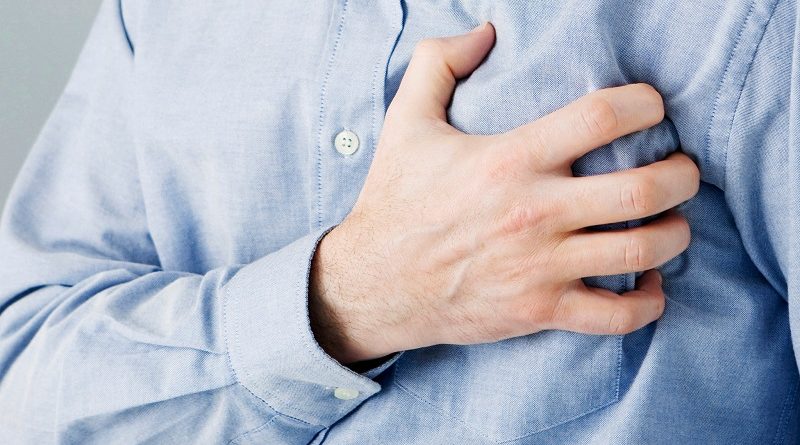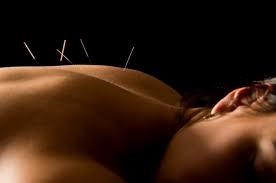What are the causes of an infarction?
Atherosclerosis and cardiovascular diseases are on the first place among diseases leading to death. More than 50% of deaths are associated with these diseases. According to statistics, more than 500 thousand people die of myocardial infarction. This is approximately one person every 45 seconds. But, in spite of the terrible figures, the infarct can be predicted and prevented.
Heart Functions: How the Heart Works
The functions of the heart are to ensure blood circulation through the blood vessels. In a normal state, the heart not only works by its contractions promoting blood through the vessels of the body, it also feeds on the same blood. Two coronary arteries supply the heart with blood and nutrients.
When the coronary arteries are blocked up, some part of the heart stops being supplied with blood and receives the necessary nutrients, begins to die, necrosis of the heart tissue is observed. After a heart attack, some part of the heart muscle stops functioning forever.
It must be said that the consequences of a heart attack are irreversible. However, knowing the reasons for the occurrence of a heart attack, you can try to avoid it.

The main causes of myocardial infarction are …
1. Smoking
Indeed, in men who smoke men, the first heart attack, on average, happens at the age of 64 years, and among women who smoke – In 65 years. In non-smokers, myocardial infarction, on average, happens much later: at 72 and 81 years, respectively.
The causes of an earlier heart attack in smokers are due to the fact that the walls of the lung tissue are traumatized from smoking, which leads to the formation of thrombi. Pieces of lung tissue (emboli) can break away from the walls of blood vessels, with blood flow to the coronary arteries and clog them. If in this case the patient manages to push the embolus into smaller arteries, then it is possible to diagnose an attack of angina pectoris. If the embolus clogs the coronary artery, then an attack of myocardial infarction occurs.
Avoid smoking, and the risk of heart attack will be much lower.
2. High cholesterol content in consumed food
Eating large amounts of foods high in fat and cholesterol leads to the deposition of atherosclerotic plaques on the walls of the vessels. This complicates the blood flow and, in the course of time, can lead to the formation of thrombi.
Change your gustatory habits. Eat smaller sausages, cheeses and butter. Pay attention to the caloric content of food and try to avoid those that contain large amounts of fat. Remember, for the prevention of atherosclerosis and heart attack, you need to consume up to 100 g per day. Protein and less than 80 grams. Fats. In this case, the risk of a heart attack will also be significantly reduced.
3. A sedentary lifestyle
Lack of physical activity and sedentary lifestyle increases the risk of myocardial infarction. This is associated with reduced energy consumption, which leads to the accumulation of fatty deposits, and with the underdeveloped cardiovascular system, which also increases the risk of coronary artery occlusion.
If you have an excess of body fat, you need to get rid of them. This can be done by increasing the motor activity, or by reducing the caloric content of the daily ration for the period of weight loss. In consequence, the diet should be balanced both in terms of calorie content, and by the ratio of nutrients.
Any of the listed reasons, if they occur, should be immediately removed from your life. In this case, the risk of angina or infarction will be significantly lower.
However, if this cannot be done in a timely manner, you need to know the symptoms of a heart attack, be able to provide first aid and know about the rehabilitation of the consequences of a heart attack.
You may also like to read: Lung cancer and shoulder pain: What is the link?
Symptoms of a heart attack
In case of a heart attack, the following symptoms are observed …
- Pain in the retrograde region: Usually these are pains of a pressing, compressive nature.
- Dyspnea: It becomes very difficult to breathe; every entry is given with difficulty due to compression in the chest and heart.
- Nausea and dizziness: These symptoms can also be associated with increased blood pressure.
- There is sweat on the forehead and a fear of death appears due to the inability to take a full breath.
First aid for myocardial infarction
When identifying the above symptoms of a heart attack, it must be remembered that a heart attack is a very serious disease, the treatment of which is impossible without qualified medical care. You cannot do self-medication in the hope that the heart attack itself will pass. It is necessary to perform the following urgently:
- The patient must be seated comfortably on a chair, chair or sofa. Lie down with symptoms of heart attack is not recommended.
- If the house has nitroglycerin, give the patient a pill under the tongue. It is even more convenient if there is nitroglycerin in the form of a spray.
- Immediately call an ambulance and do not leave the patient until the doctors arrive.
Rehabilitation of patients after myocardial infarction
Myocardial infarction is a very serious disease. A patient after a heart attack needs a long rehabilitation and medical supervision. Usually, the following tips for changing the lifestyle after a heart attack:
- Exception of excessive loads, and for the first time – in general any.
- Special diet without animal fats. The diet should be rich in plant products and beneficial substances of omega-3, omega-6.
- Reception of antisclerotic drugs.
- Mandatory lifestyle change. Those causes and habits that led to a heart attack (usually they can be easily identified) should be completely changed to useful for health.
Although myocardial infarction is a very serious disease, its occurrence can be prevented if all causes of its occurrence are removed in a timely manner from the lifestyle. In this case, your heart will serve you for a long time and will be great.




